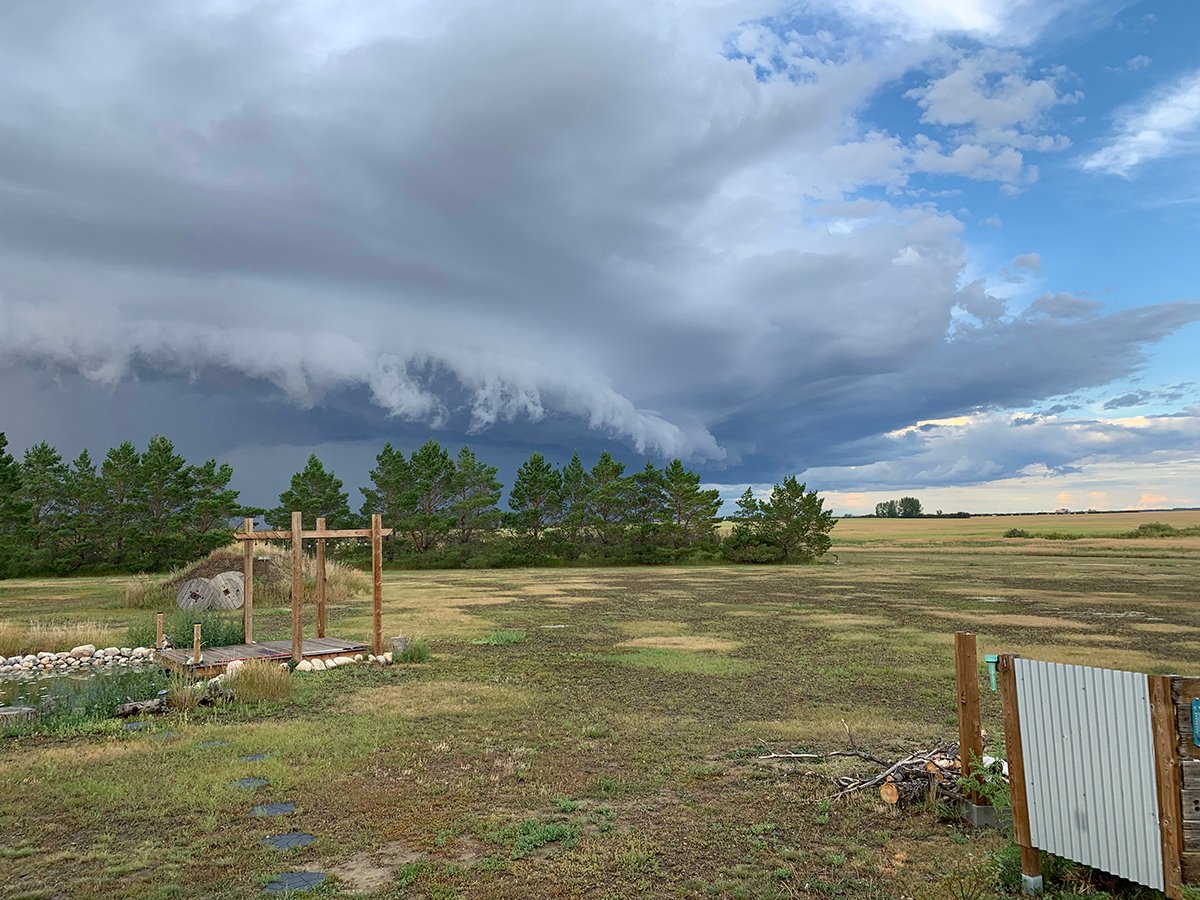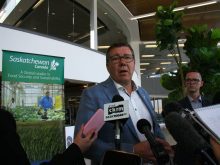Monsanto’s first canola seed cleaning plant is on pace for completion in September.
The $14 million plant project, announced in September 2010, is designed to clean all canola seed contracted by Monsanto in North America. Located on a 35 acre site east of Lethbridge, the plant will initially clean more than 10,000 acres of hybrid seed.
Deon Nagy, site lead for Monsanto Canada, said May 4 that the plant will clean about 10 varieties of hybrid canola seed. The seed will be shipped elsewhere for treating and bagging.
Read Also

Storm dynamics and extreme rainfall
Besides moisture, instability and orographic lift, the next biggest factor that contributes to heavy or extreme rainfall is storm dynamics.
“We’re excited. This is the first canola cleaning plant for Monsanto,” said Nagy.
“It’s good for the area and good for us here. We’re happy to have that investment here locally.”
Lethbridge is a central point for Canadian canola seed production for most of the major seed companies because of its climate and availability of irrigation. Pioneer and Bayer also contract canola seed production in the region.
Ryan Baldwin, president of Monsanto Canada’s seed and traits business, said expansion of the company’s seed production and sales is in the company’s forecast. He referred to new traits Monsanto expects to incorporate into canola seed over the next five to 10 years.
Last year, Monsanto built a plant breeding centre in Winnipeg and expanded its crop technology research centre in Saskatoon.















